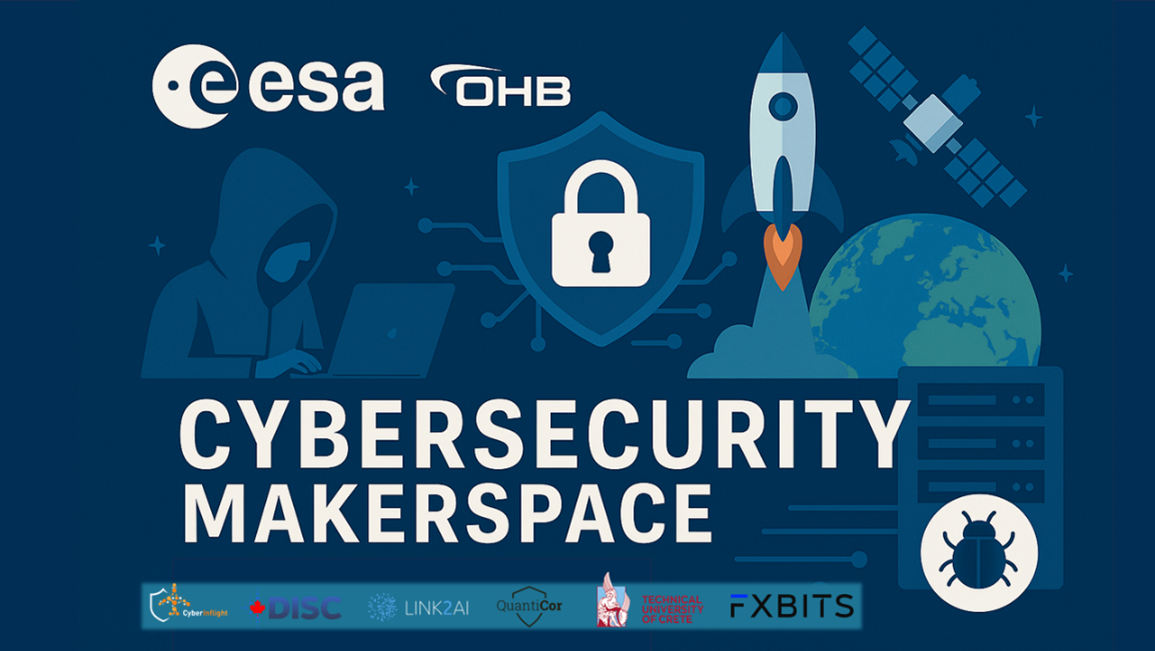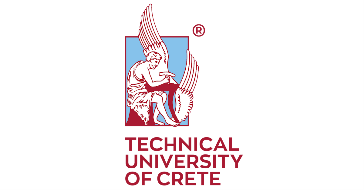
-
StatusOngoing
-
Status date2025-06-02
-
Activity Code3D.025
The objective of the Cybersecurity Makerspace project is to explore and validate innovative concepts in the field of cybersecurity for satellite communication through a structured proof-of-concept framework. The initiative provides a platform for industry, research institutions, and new entrants to implement, and test small-scale technical activities relevant to the space and Satcom cybersecurity domain. The respective projects focus on the practical evaluation of emerging technologies, tools, and methods in areas such as secure communications, AI-assisted analysis, vulnerability assessment, software security, and anomaly detection. Each activity is designed to generate technical insight, assess feasibility, and support future decision-making regarding the integration of new approaches into operational or development environments.
The overall goal is to promote collaboration between ESA and external actors by lowering the entry barrier for experimentation and encouraging knowledge transfer from other domains. The initiative also aims to identify promising directions for follow-up research and development, contributing to the long-term cybersecurity resilience of space systems.
The project faces several challenges, including the inherent complexity of cybersecurity in space systems, where proprietary architectures and limited access to operational data restrict conventional analysis approaches. The short timeframes and limited budgets of proof-of-concept studies require a careful focus on feasibility and impact. Integrating emerging technologies, such as AI, into space-relevant applications must be done with a clear understanding of operational constraints. In addition, enabling effective collaboration between ESA and actors with limited prior space experience requires structured guidance and quality assurance. However, these challenges also provide a unique opportunity to promote innovation, identify transferable solutions, and open the space cybersecurity domain to new contributors and perspectives.
The Cybersecurity Makerspace offers a unique value by providing a structured, low-barrier environment for testing and validating innovative cybersecurity concepts specifically tailored to the needs of space and Satcom systems. Unlike conventional cybersecurity research programmes or commercial evaluation frameworks, the Makerspace focuses on short, clearly scoped proof-of-concept studies that allow rapid experimentation, early risk identification, and practical insight generation. It enables the adaptation and transfer of non-space cybersecurity technologies into the space context. his spin-in approach accelerates the integration of novel techniques that may not emerge from traditional aerospace development pipelines.
The Cybersecurity Makerspace is built around a modular and flexible framework that enables the implementation of short, well-defined proof-of-concept activities. Its core components include a curated catalogue of relevant cybersecurity topics, a structured proposal and evaluation process, and access to ESA-provided resources. Each activity generates concrete, actionable insights within a limited timeframe and budget, while promoting knowledge transfer, reusability, and potential follow-up development.
The Cybersecurity Makerspace is not a monolithic system but a structured framework that enables the coordinated execution of multiple independent proof-of-concept activities. A central management team oversees activity selection, onboarding, compliance monitoring, and progress tracking. The selected activities are implemented by external partner within a defined scope and timeframe. These sub-activities operate independently but follow a common process model and reporting structure. The knowledge integration layer aggregates outcomes from all sub-activities, ensuring consistent documentation, publication of results, and optional dissemination to the broader ESA cybersecurity ecosystem.
The project follows a structured plan with four main phases:
- Preparation and selection, including the launch of the Makerspace and implementer onboarding;
- Execution, during which selected proof-of-concept activities are carried out within defined timeframes (typically three to six months each);
- Monitoring and Reporting, with regular check-ins, progress reports, and technical oversight;
- Evaluation and Integration, where results are reviewed, documented, and assessed for follow up.
Key milestones include the kick-off meeting, mid-term reviews for each activity, final deliverables, and a consolidated closing workshop, summarising all outcomes.
The driving force of this activity lies in the individual projects developed by the implementers, who bring specialized expertise to tackle emerging security threats in satellite communications and rapidly advance resilient cybersecurity solutions within the Makerspace framework.
The kick-off meeting has taken place successfully. Initial coordination structures have been established, and the first set of proof-of-concept topics is refined.









